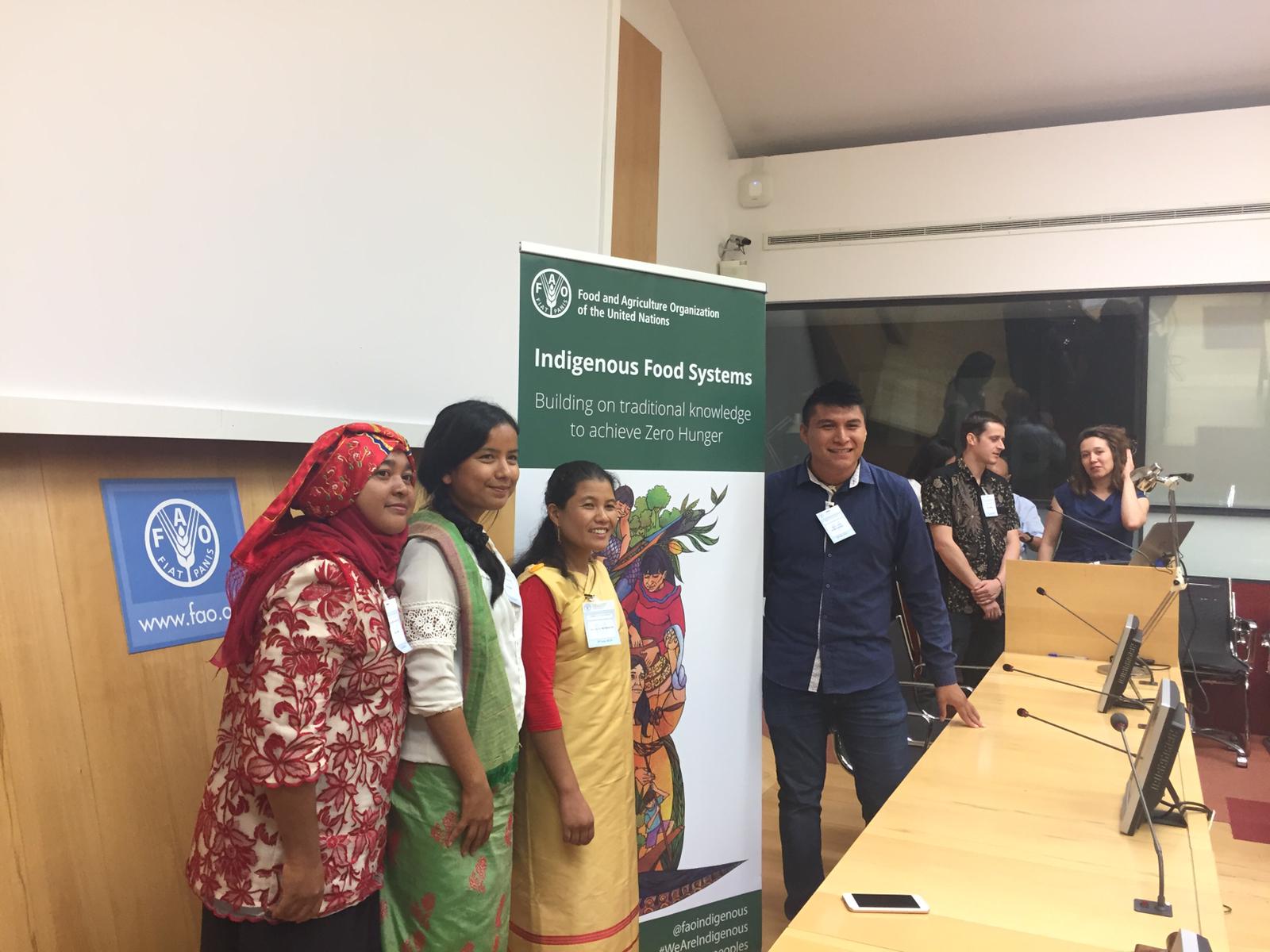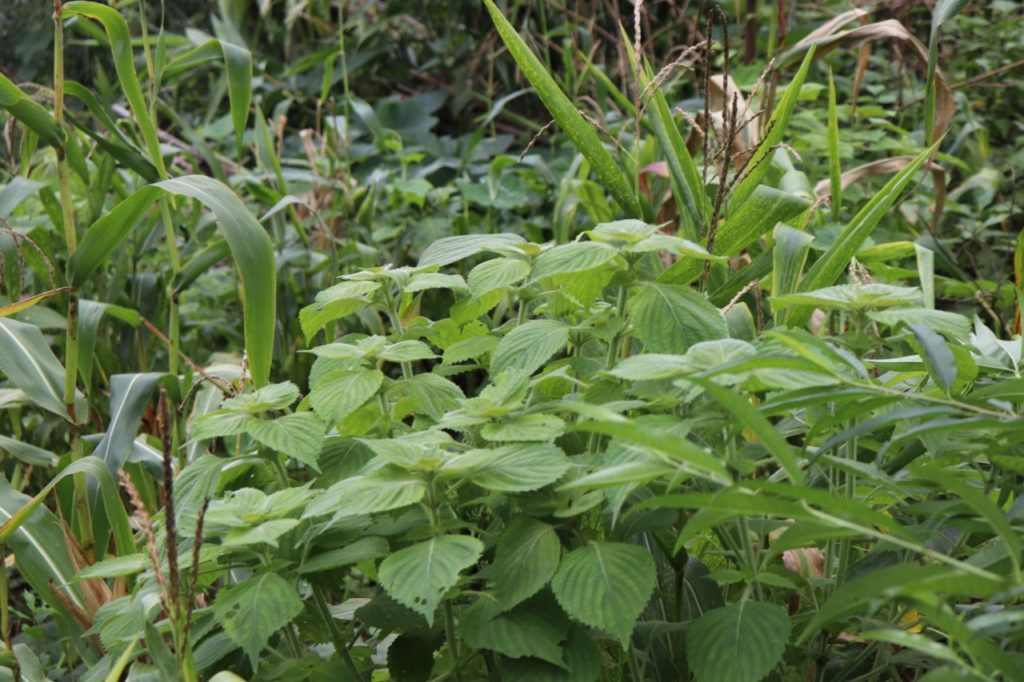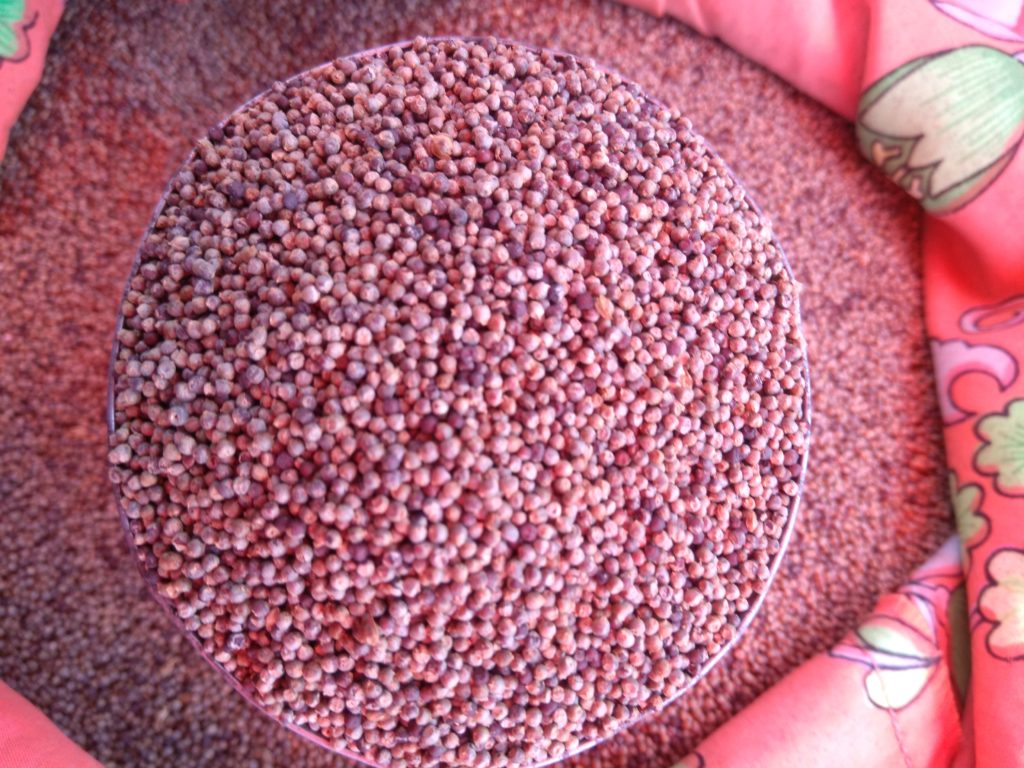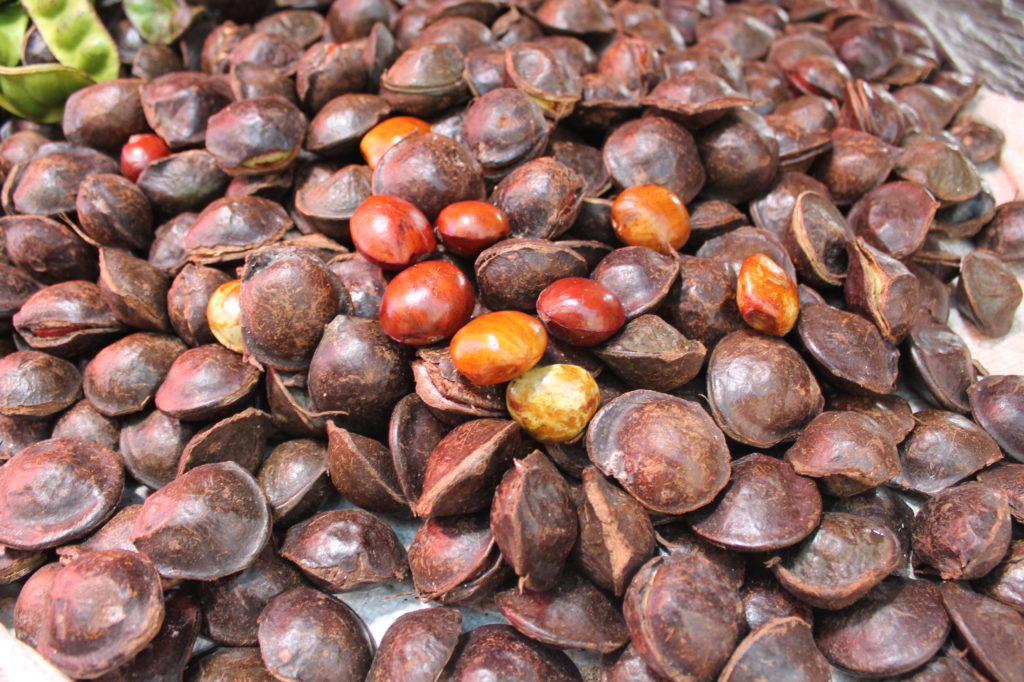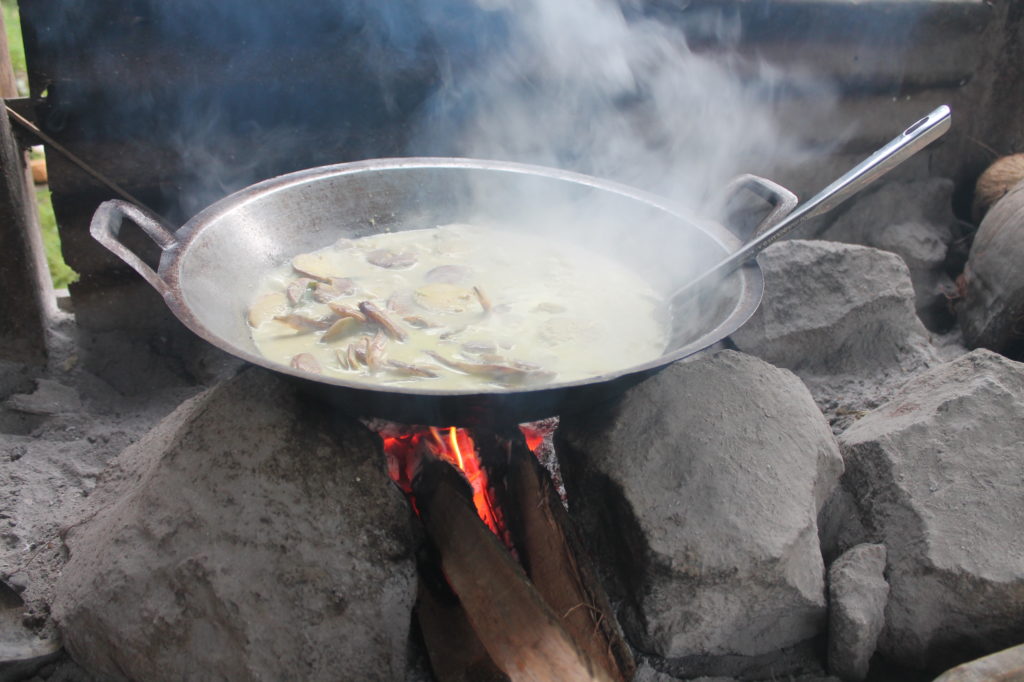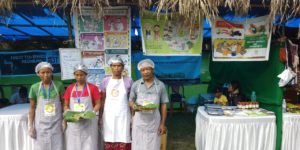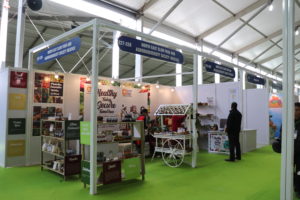Post by: Lukas Pawera, TIP Consultant, 9/08/2019
Every year on the 9th of August the world celebrates, the more than 370 million indigenous peoples who speak more than 4000 languages and live on over a quarter of the world´s land surface, as the International Day of the World’s Indigenous Peoples. It aims to promote the life and protect the rights of the indigenous peoples who are also known to be the protectors of the areas of the highest biological diversity. This day recognizes this contribution of indigenous peoples to the world, such as environmental protection, creation of food biodiversity, and custodianship of biocultural heritage Yet, many of them still suffer from marginalization, inequality and increasing external forces. Some other pressing issues being limited land rights, food insecurity, and poor health. The Indigenous Partnership for Agrobiodiversity and Food Sovereignty (TIP) throws light on these issues and encourages that we learn much more from indigenous cultures, such as their unique worldviews and values. Through its TIP Youth Fellowship program of 2019, it brought together four fellows out of which three come from matriarchal societies. Matriarchal value system is based on social equality, peace, nurturing and harmony with nature. Rediscovering these principles and values shows immense potential for a contemporary world of increasing inequality, conflicts and climate change.
Considering 2019 as the UN International Year of Indigenous Languages promoted by UNESCO, TIP would like to highlight the diversity and uniqueness of indigenous languages. To quote UNESCO: “Languages play a crucial role in the daily lives of indigenous peoples, not only as a tool for communication, education, social integration and development, but also as a repository for each person’s unique identity and for each community’s cultural history which includes its own food system. Despite their immense value, languages around the world continue to disappear”. Moreover, the traditional knowledge, which is an invaluable resource and an intangible cultural heritage, is getting lost hand-in-hand with the disappearance of indigenous languages. We at TIP acknowledge that indigenous knowledge, transmitted through indigenous languages, helped sustained peoples and environment for over millennia and that we could develop from it new interventions to conserve, manage and restore biodiversity and landscapes around the world. If not, we must accept that lost knowledge cannot inform research, development, and policy.
“TIP would like indigenous youth leaders to become beacons of hope against climate change, exclusion, and bias. And through the Indigenous Fellowship Programme aims to create a cadre of indigenous youth to come forward, defend and revitalise their indigenous food systems for the wellbeing of the communities and biocultural diversity of the world”, says coordinator of the Indigenous Partnership Mr. Phrang Roy. TIP together with the 2019 indigenous fellows would like to celebrate with the rest of the world the International Day of the World’s Indigenous Peoples by sharing some examples of culturally-important indigenous food plants and their local names. Vernacular plant names represent a tiny piece of wisdom and beauty of indigenous languages.
From the North-East Indian matriarchal Khasi community (Austroasiatic language group) where the fellow Merrysha Nongrum is coming from, TIP would like to showcase one locally important food crop “Nei lieh” (Perila frutescens). Nei lieh is native to the mountains of India and China and Khasi peoples use its seeds as a popular food ingredient which tastes nicely with meat or root vegetables such as radish. Nei lieh is also part of chutneys and it can be used as oil substitution when stir-frying vegetables. The seeds are packed with micronutrients and its oil has vast medicinal properties. The seeds belong to the food group “Nuts and seeds”.
Another fellow from North-East India, Chenxiang Marak, is from the Garo matriarchal community (Sino-Tibetan language family). In the Garo Hills, one of the popular indigenous leafy vegetables is “Mecheng” (Zanthoxylum spp.). This is the favorite vegetable of Rimchi Marak and she says, “I can eat it Mecheng with onion and rice or other staples every day! It is also one of the first vegetables available prior to the main crops”. While similar species consumed for its seeds is known as Sichuan pepper, this species is consumed for its leaves which have an intense peppery taste. Leaves of Zanthoxylum species are very rich in vitamin A, vitamin C, calcium, and iron. They also possess strong antioxidative and antimicrobial properties. It is commonly used in mixed dishes with other vegetables, tubers, and meat. Mecheng is consumed in larger amounts than condiments, and therefore it represents the food group “Green leafy vegetables”.
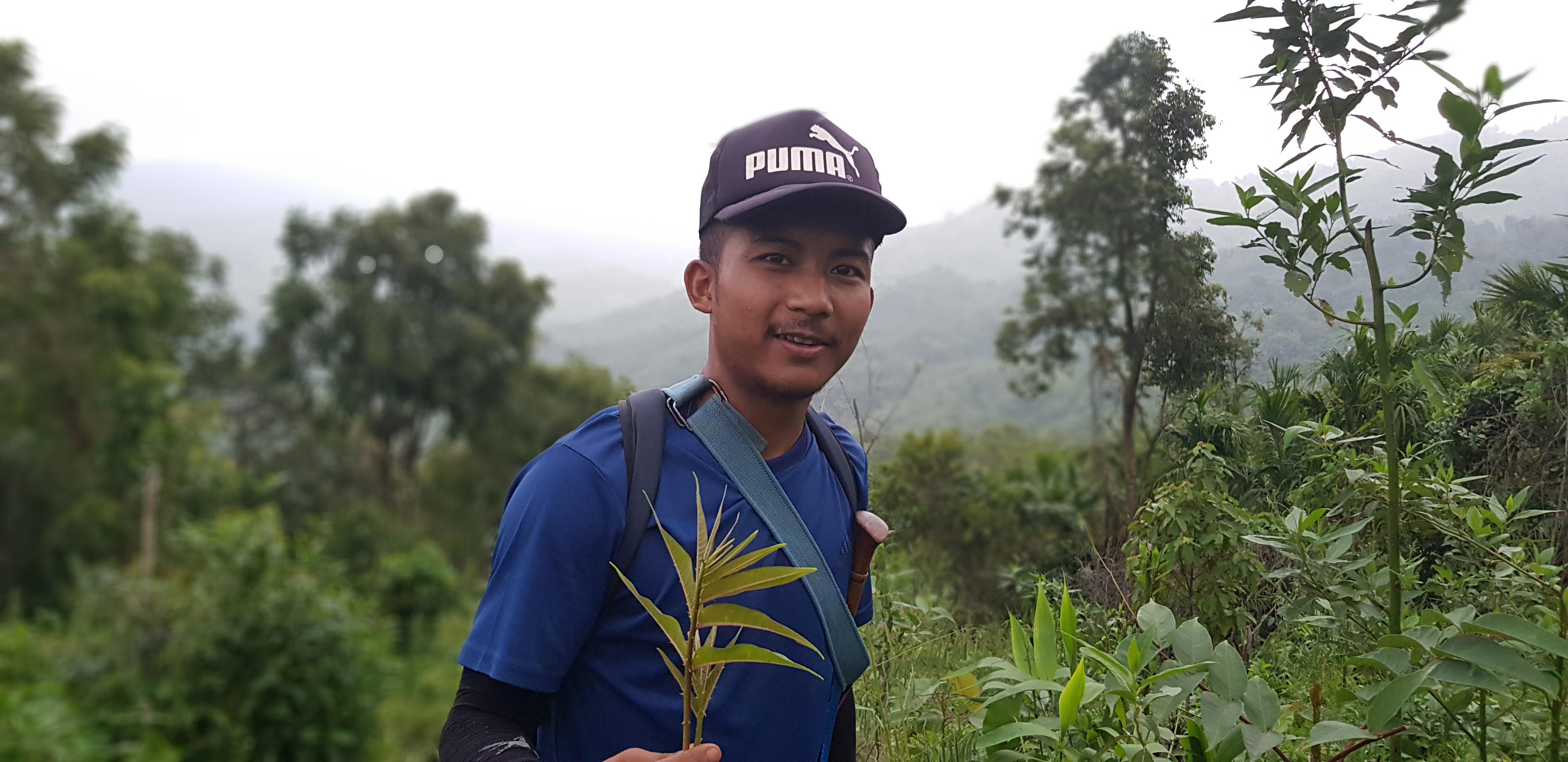
Indonesian fellow Yani Nofri comes from the Minangkabau community in West Sumatra, the largest matriarchal society in the world (Austronesian language group). She would like to share with you about a legendary local food plant “Jariang” in Minang language or “Jengkol” in Indonesian language. Indo-Malaysia is home to this local king of legumes (Archidendron jiringa). The ripe seeds which possess unforgettable smell are mostly eaten cooked in a coconut gravy (Gulai jariang) or fried or roasted. According to Yani, “Jariang is so culturally important that every agroforestry garden has Jariang tree and every community social event wouldn´t be complete without having a dish out of it. But well, you better brush your teeth after eating Jariang”. This food is a good source of protein and antioxidants. It belongs to the food group “Pulses” as ripe leguminous seeds are consumed.
Edgar Oswaldo Monte Borges is the fellow from Quantana Roo Mayan community in Mexican Yucatan peninsula (Proto-Mayan language group). Numerous pumpkins and squashes originated in Mexico. For example, pumpkin (Cucurbita moschata) is now grown globally but it spread from Central Mexico. In the Mayan language it is called “K’u’um” and it is cooked in soups or prepared as a sweet snack. In addition, the pumpkin seeds (Xtop in Mayan) are famous and used in many kinds of dishes. On the top of that, yellow flowers are also cooked to make a soup called “Joroch”. Pumpkin is a rich source of vitamin A, fibre, and antioxidants. The seeds have a plenty of minerals and beneficial fat. Orange-fleshed pumpkins are categorized as “Vitamin A-rich plants”, while the seeds belong to the food group “Nuts and seeds”, and finally the flowers belong to “Other vegetables”. Overall, this remarkable species is a source of three food groups for the community!

The four indigenous food plants highlighted belong to the four different food groups, emphasising the importance of agrobiodiversity for dietary diversity of not only indigenous peoples but of the whole humanity as many crops of the world were crafted through the hands and knowledge of indigenous farmers throughout the history. TIP invites the world to connect and celebrate this year with indigenous foods and indigenous value systems!
